One of the most active, rapidly developing spheres in India is the creative industry. Digital campaigns, film production, and UI/UX design are only some of the sectors that creativity fuels today, as well as branding. The Visual Communication course enables students to develop their artistic skills into professional competencies in addition to equipping them with international career opportunities.
We shall discuss why the course is important, what it entails, and how it leads to a shiny, bright future.
Introduction to Visual Communication
The need for creative talent in India never existed before. Based on the FICCI-EY 2024 report, the media and entertainment industry is expanding at 11.5 percent annually. The competition is cut-throat with more than 18 lakh design aspirants taking the exams each year.
A Visual Communication course bridges this gap by combining creativity, design knowledge, and technical expertise.
- Gives a balance between theory and practical work.
- Prepares students with the skills applicable in the current media.
- Develops self-confidence to work in such industries as advertising, film, digital media, and design.
- Mentors work with industry professionals.
Our JS Institute of Design provides the students with exposure to both the academic and real-world fronts.
What the Course Covers
Visual Communication does not just involve the acquisition of design tools. It is about making meaningful images that narrate, make brands, and reach audiences.
Key study areas include:
- Graphic Design and Visual Storytelling – Meaningful designs and good stories.
- Typography & Color Theory – Understanding the power of fonts and colors in communication.
- Photography and Video Production – Developing technical skills in creating media.
- Print Media and Publishing- Magazine, brochure, and book designing.
- Web/UI/UX Design- The development of user-friendly online interfaces.
- Advertising & Branding – Consumer psychology and the art of visual marketing.
- Animation & Motion Graphics – The movement of designs.
- Theories of Communication – The study of the impact of media on individuals.
This combination of subjects will see to it that students come out as well-rounded professionals at graduation.
Skills You’ll Develop
Employers desire designers to be able to think critically, be innovative, and be able to adapt to dynamic trends. A Visual Communication course develops precisely such qualities.
Students gain:
- Presentation skills in visual storytelling.
- Familiarity with design programs such as Photoshop, Illustrator, and After Effects.
- Creative and analytical thinking skills in problem-solving.
- Branding & campaign creativity for real-world projects.
- Flexibility towards emerging technologies such as AR/VR.
- Teamwork in agency and studio work.
- Developing the portfolio to demonstrate various skills.
Such competencies make the graduates stay at the top of the competitive creative sector.
Why Choose This Visual Communication Program
Not all design courses can equip students with the real world. At JS Institute of Design, the focus is on innovation, technology, and industry exposure.
Innovative Curriculum & Facilities
It is a very practical way of learning, which involves students training in modern studios and digital labs.
- Curriculum to global creative standards.
- Availability of the newest tools, cameras, and editing programs.
- Advice of faculty and industry mentors.
- Practicums, displays, and specialist masterclasses.
- The exposure to both the traditional design and the contemporary media platform.
This gives one a good base in terms of creativity and technical expertise.
Industry-Ready Environment
Exposure to professional environments makes graduates ready to venture into professions boldly.
- Placements in major design and media companies.
- Prospects of working with live projects with customers.
- Expert portfolio guidance for job applications.
- Events: Networking with professionals in the industry.
- Special placement services to find jobs upon graduation.
Such training will guarantee that the students not only graduate with knowledge, but with experience as well.
Career Opportunities after a Visual Communication Course
The extensive scope of the career is one of the greatest advantages of this program. Whether it is a media house or a startup, all industries need creative professionals.
Traditional & Media Roles
The design industry will create over 70,000 jobs in a year, according to CII 2024.
Graduates are allowed to handle jobs like:
- Graphic Designer
- Creative Director
- Motion Graphics Artist / Animator.
- Art Director in Advertising
- Branding & Identity Designer
- Branding & Identity Designer
- Media Planner
- UI/UX Designer
These are found in advertising firms, IT firms, production firms, and digital firms.
Emerging Digital Careers
Digital opportunities are increasing with 820 million internet users in India (2024). Graduates in Visual Communication can now undertake new positions.
- Social Media Content Designer.
- Digital Marketing Visual Strategy.
- E-learning Designer
- Web and App Interface Specialist
- AR/VR Experience Designer
- Creative business freelancer.
These types of jobs integrate design, technology, and innovation to head into the future.
Admission Essentials & Eligibility
Admission to a good design program guarantees the right start. JS Institute of Design has a systematic selection of deserving candidates.
Who Should Apply
The course is perfect for students who:
- Like design, creativity, and storytelling.
- Desires to undertake employment in the media, advertising, and digital sectors.
- Those who like working with art and technology.
- Genuinely inquiring, creative, and receptive.
- Desire to work in creative problem-solving.
In case you feel these qualities in yourself, the Visual Communication course is the most appropriate one.
Key Admission Requirements
At JS Institute of Design, one is eligible when:
- Completion of 10+2 or equivalent from a recognized board
- Meeting the minimum qualifying percentage.
- Sending a collection of creative work (where necessary)
- Passing the entrance test or interview by the faculty.
- Demonstrating communication skills and creative aptitude
This will make sure that the students to be picked are enthusiastic and can perform well in the course.
Tips to Succeed in a Visual Communication Course
While the program equips students with knowledge, personal effort determines success. Consistency, practice, and exposure are essential.
Success strategies include:
- Sketch and doodle daily to sharpen imagination.
- Stay updated with the latest global design trends.
- Practice software tools regularly (Photoshop, Illustrator, and After Effects).
- Build a diverse portfolio showcasing logos, posters, and UI/UX designs.
- Attend design exhibitions, workshops, and summits for inspiration.
- Work with peers to improve collaboration skills.
- Manage time effectively between projects and assignments.
- Take constructive feedback from mentors seriously.
- Explore freelance or internships alongside academics.
- Stay curious and keep experimenting with new techniques.
These habits not only improve academic performance but also ensure professional growth.
Conclusion
India’s creative economy is expanding, and the demand for skilled professionals is soaring. A Visual Communication course equips students with the right balance of design knowledge, technical skills, and professional exposure.
Institutions like JS Institute of Design ensure students graduate ready to take on industry challenges. With internships, workshops, live projects, and placement support, learners are transformed into confident professionals.
Choosing this course is more than just pursuing education—it’s about embracing creativity as a career. With the right training and passion, graduates can secure roles in advertising, media, digital design, and global creative industries.
Visual Communication is not just about making visuals. It is about creating impact, and with this program, students get the opportunity to shape a truly creative future.






